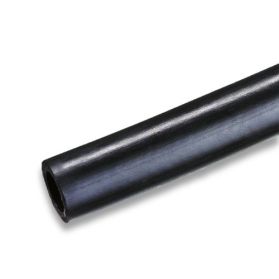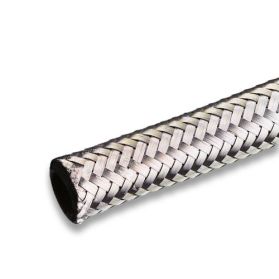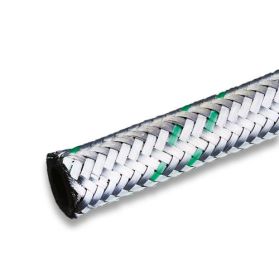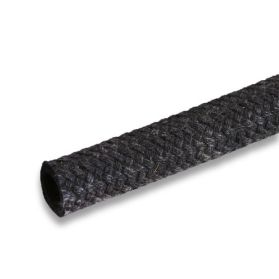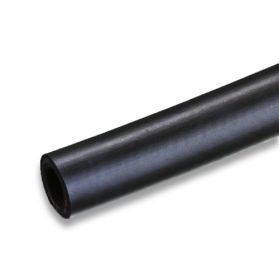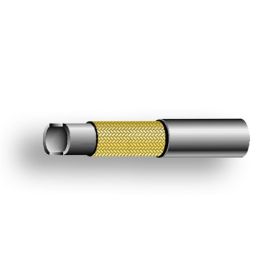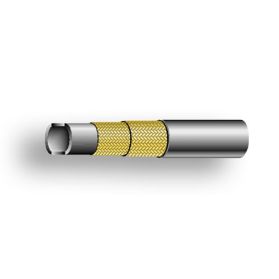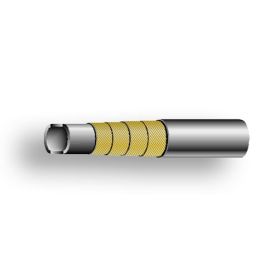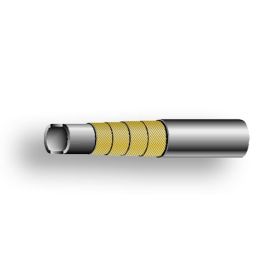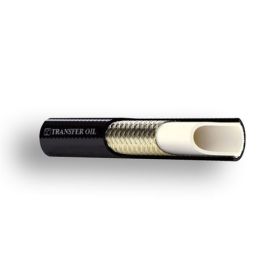Hydraulic hose
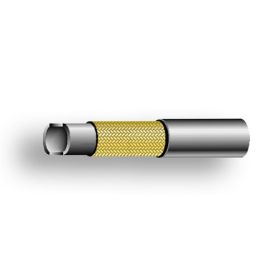 HYDROFLEX® Compact high pressure hose type 1SN-KNumber of articles in this product: 7
HYDROFLEX® Compact high pressure hose type 1SN-KNumber of articles in this product: 7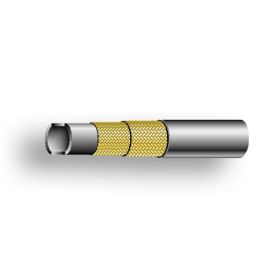 HYDROFLEX® Compact high pressure hose type 2SN-KNumber of articles in this product: 7
HYDROFLEX® Compact high pressure hose type 2SN-KNumber of articles in this product: 7
Hydraulic hoses for different hydraulic fluids
Typical functions of the hydraulic hoses are: transmission of hydraulic energy, reduction of pressure peaks and vibrations. In order to set mechanical components, machine elements or lifting devices in motion, the forces generated by the system pressures (hydraulic energy) are transmitted by means of the hydraulic fluid so that the desired work can be performed accordingly.
The hydraulic fluids frequently used are, for example, minerals, vegetable oils, synthetic hydraulic fluids or water. The material of the hose inner layer is responsible for the resistance of the hose.
Optimize the service life and your costs
The hydraulic pressure ranges are roughly divided as follows:
- Low pressure: up to 110 bar
- Medium to high pressure: 110 - 250 bar
- Maximum pressure: up to 420 bar and higher
Due to the price pressure, the follow-up costs caused by the failure of the hose lines after a short period of use are often not taken into account. In order to be able to keep the system, machine or device in operation for as long as possible, hydraulic hose lines are designed according to the following criteria: pressure conditions (static, dynamic), flow medium (chemical resistance), temperature conditions (flow medium, external influences), installation situation (bending radius, movement absorption), connection fittings (size, connection type, material), pressure drops, external influences (mechanical, thermal, chemical), possibility of assembly on site and weight.
A further cost reason is the interchangeability of the hydraulic hose lines. They should always be standardized if possible, such as dimensions, system pressures, bending radii, connections, etc.

